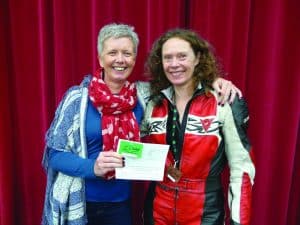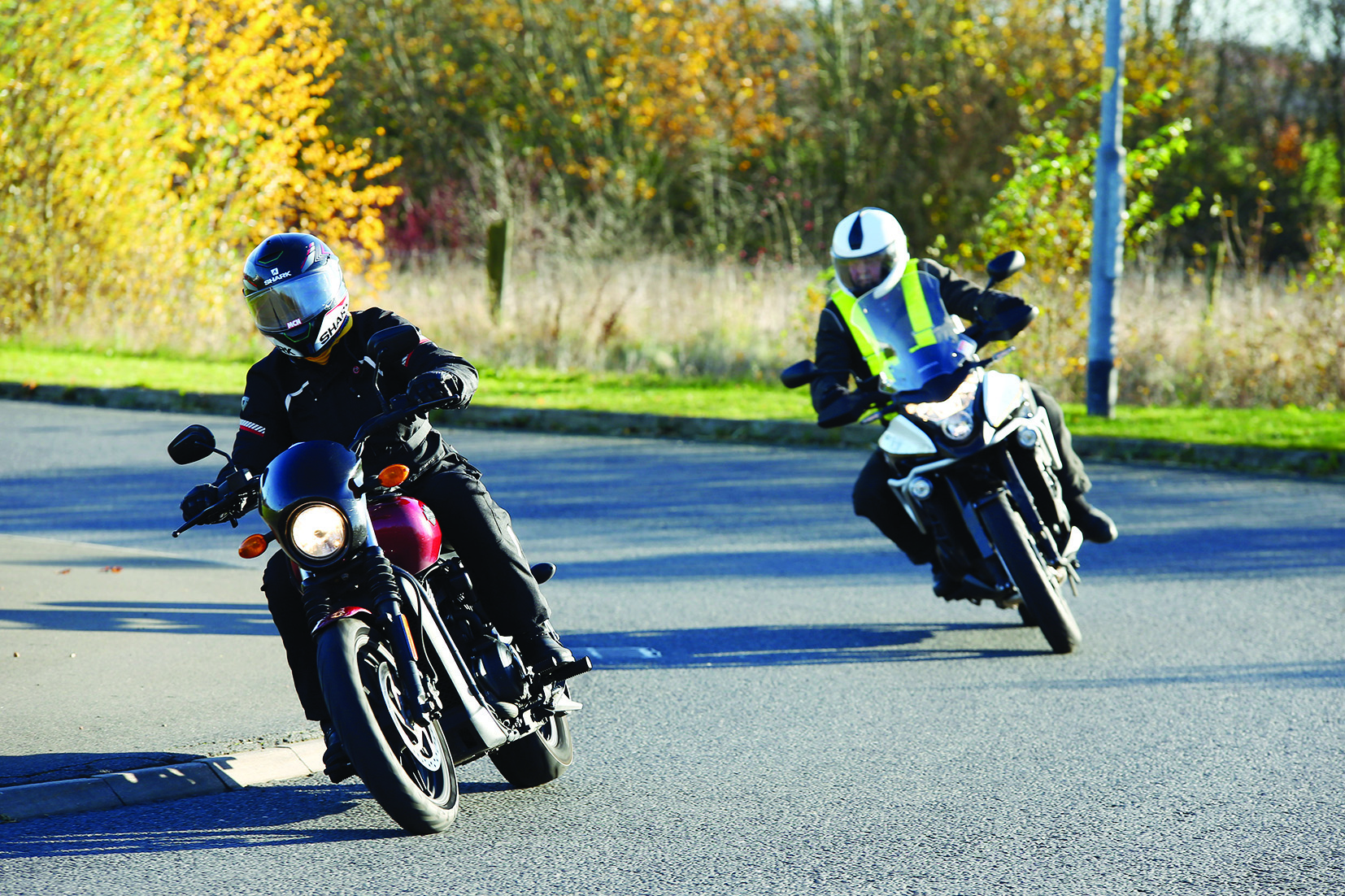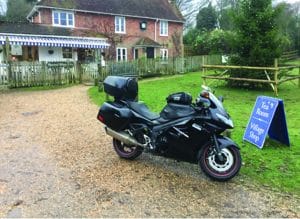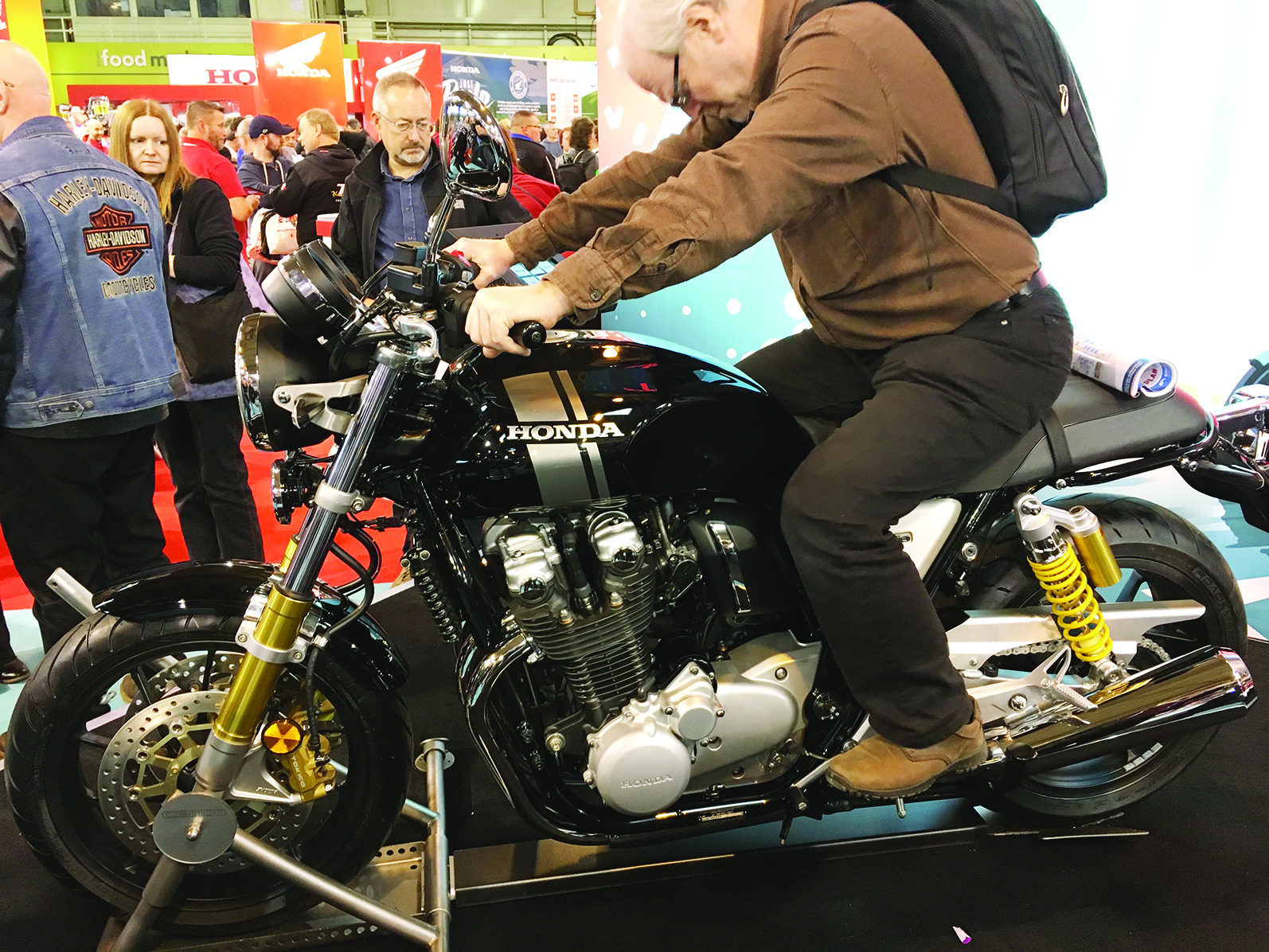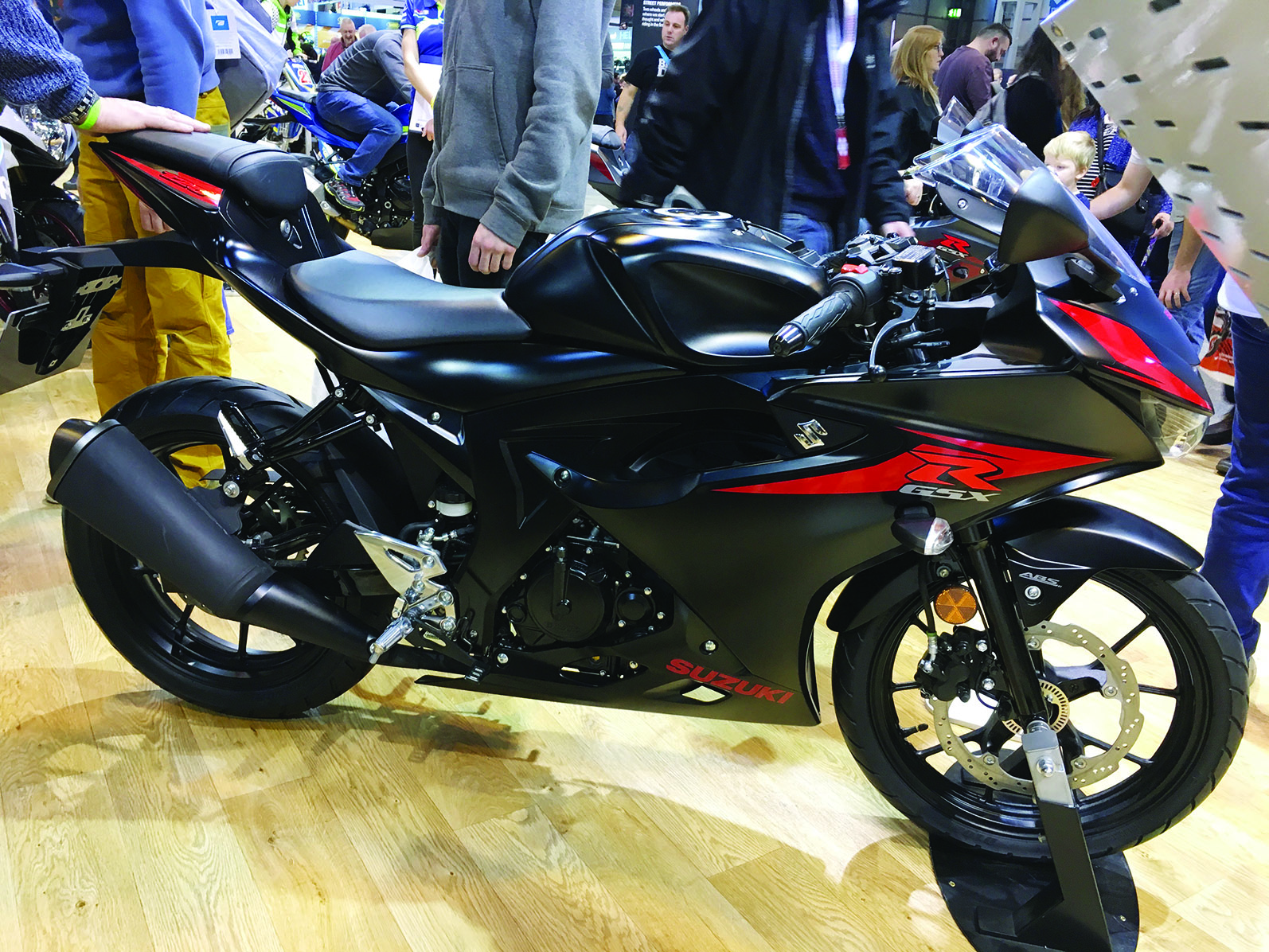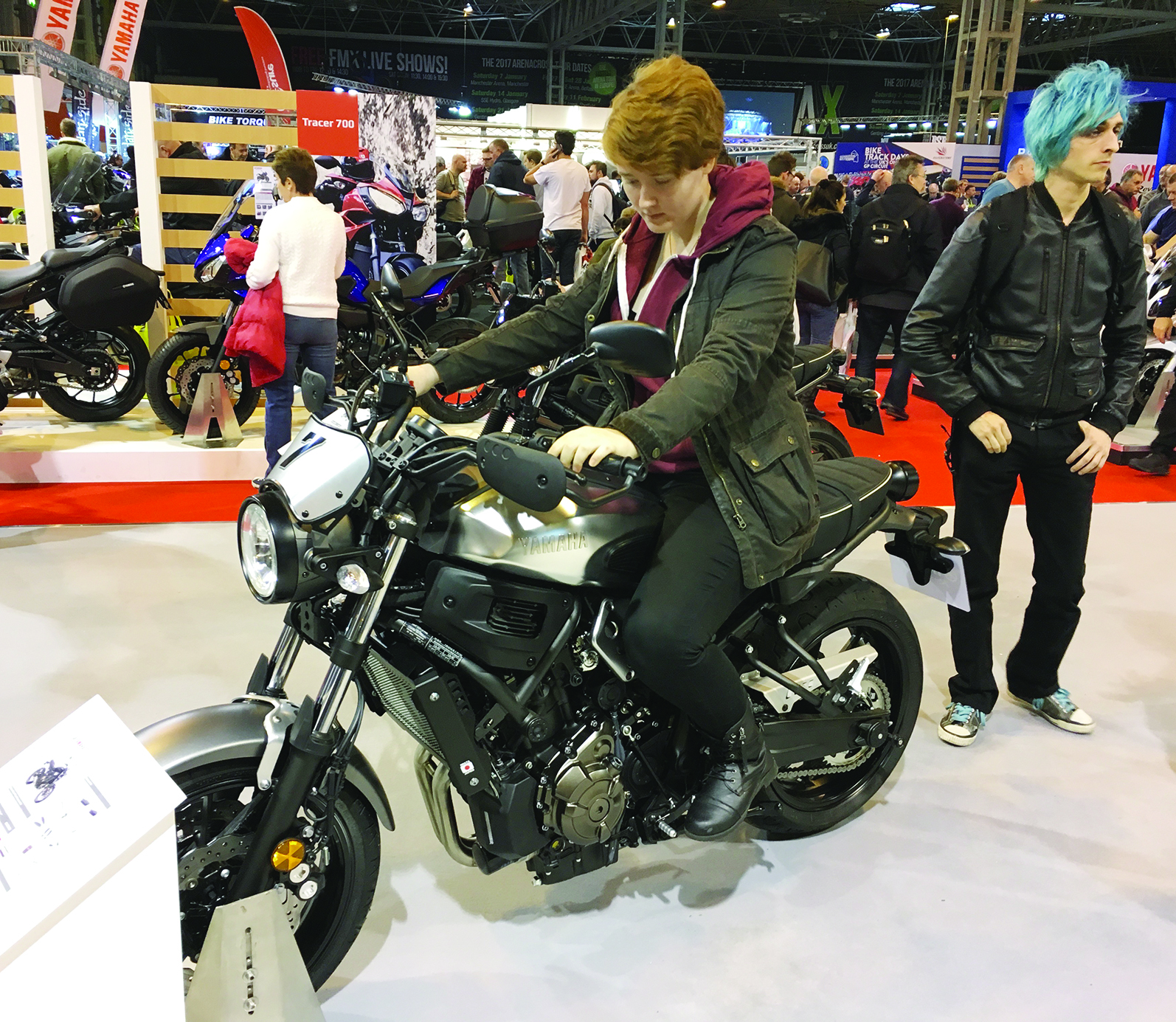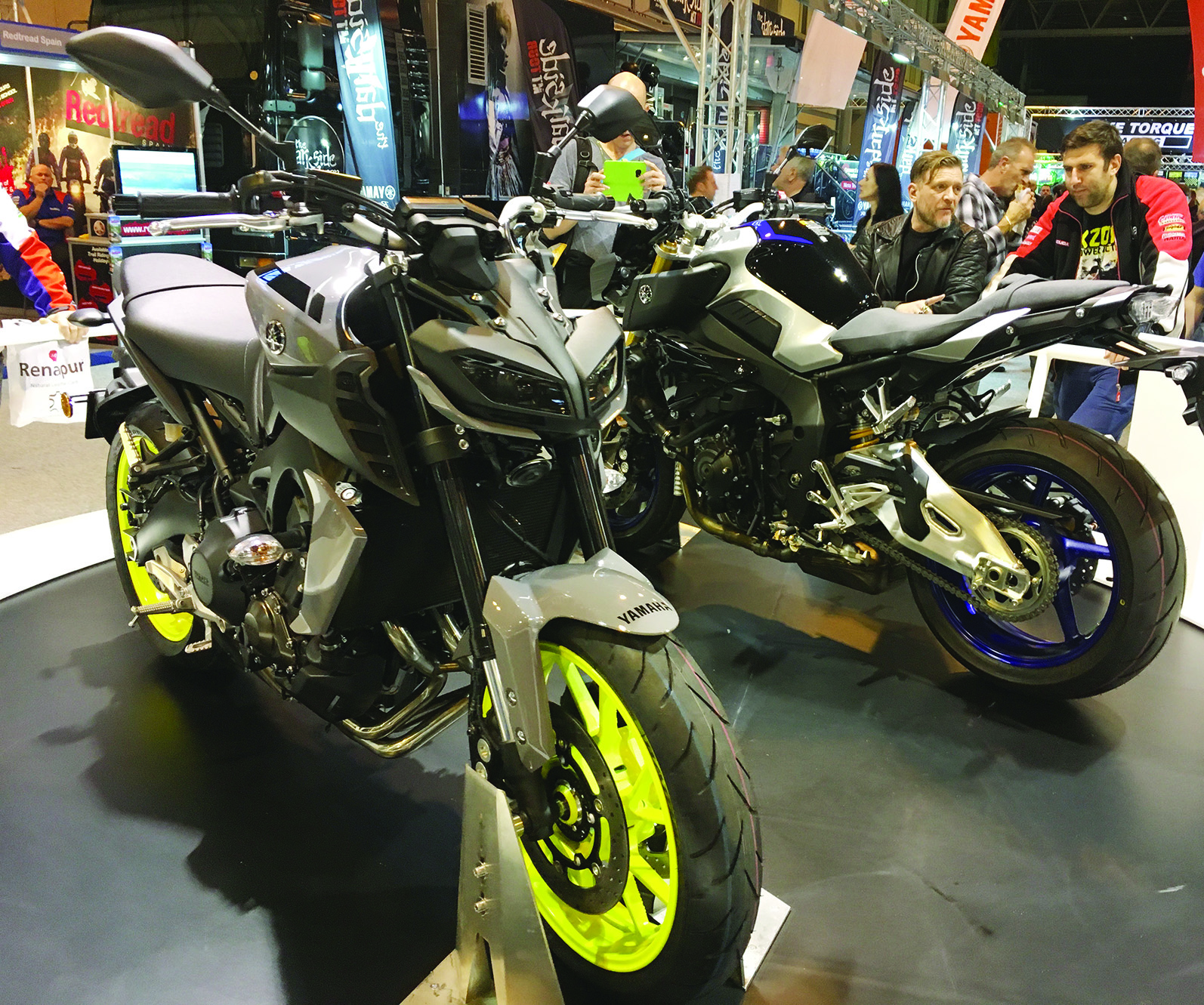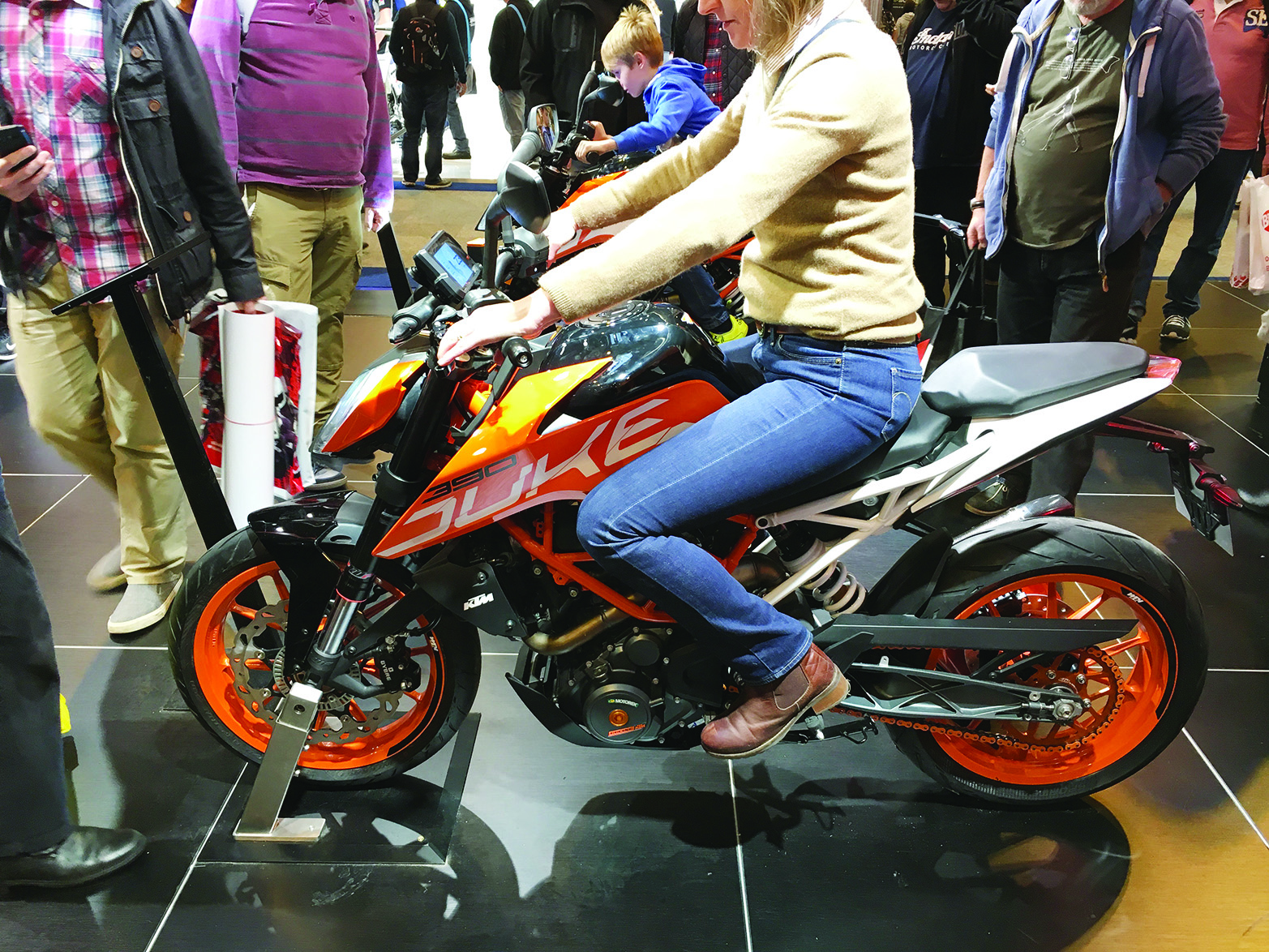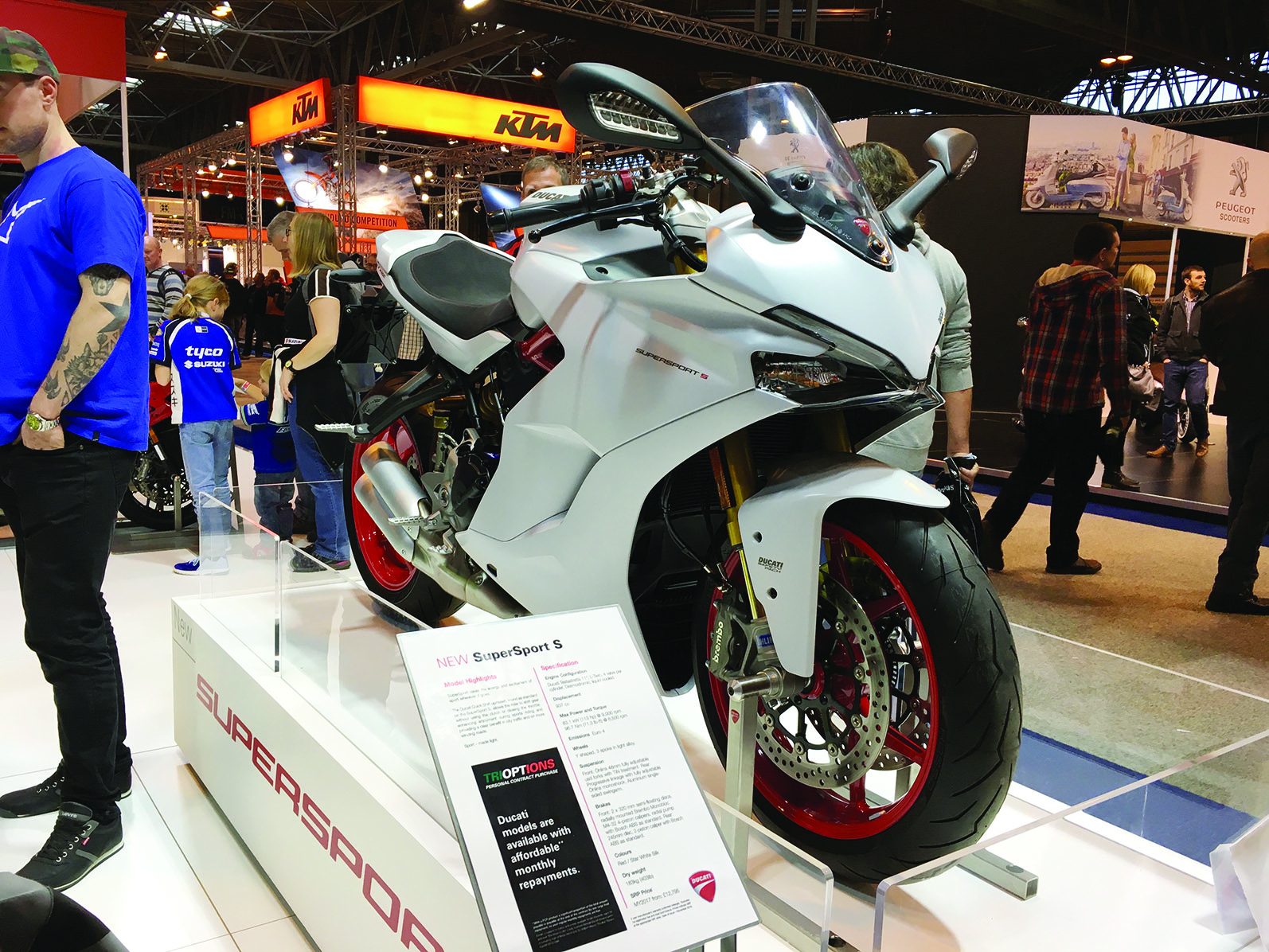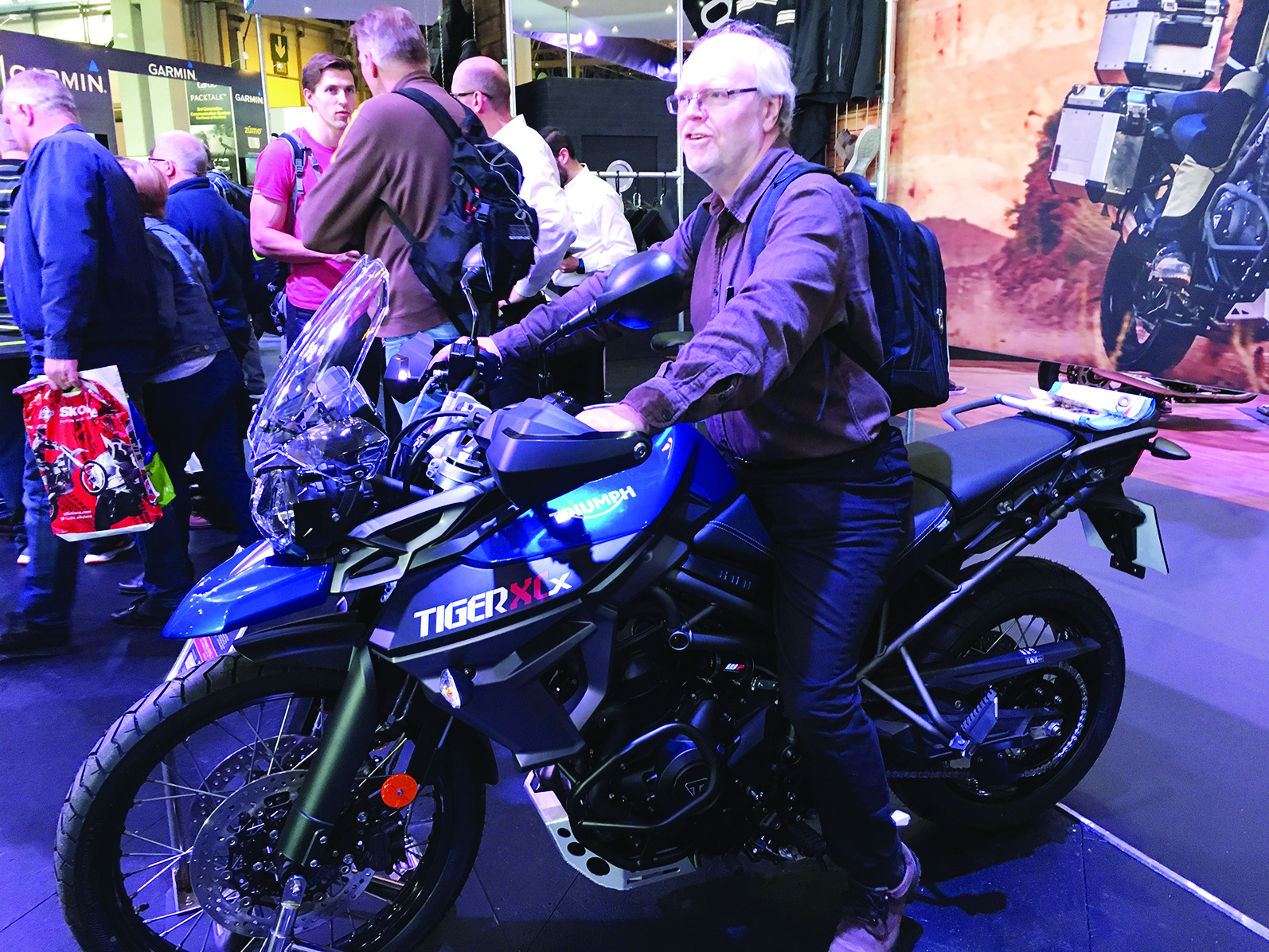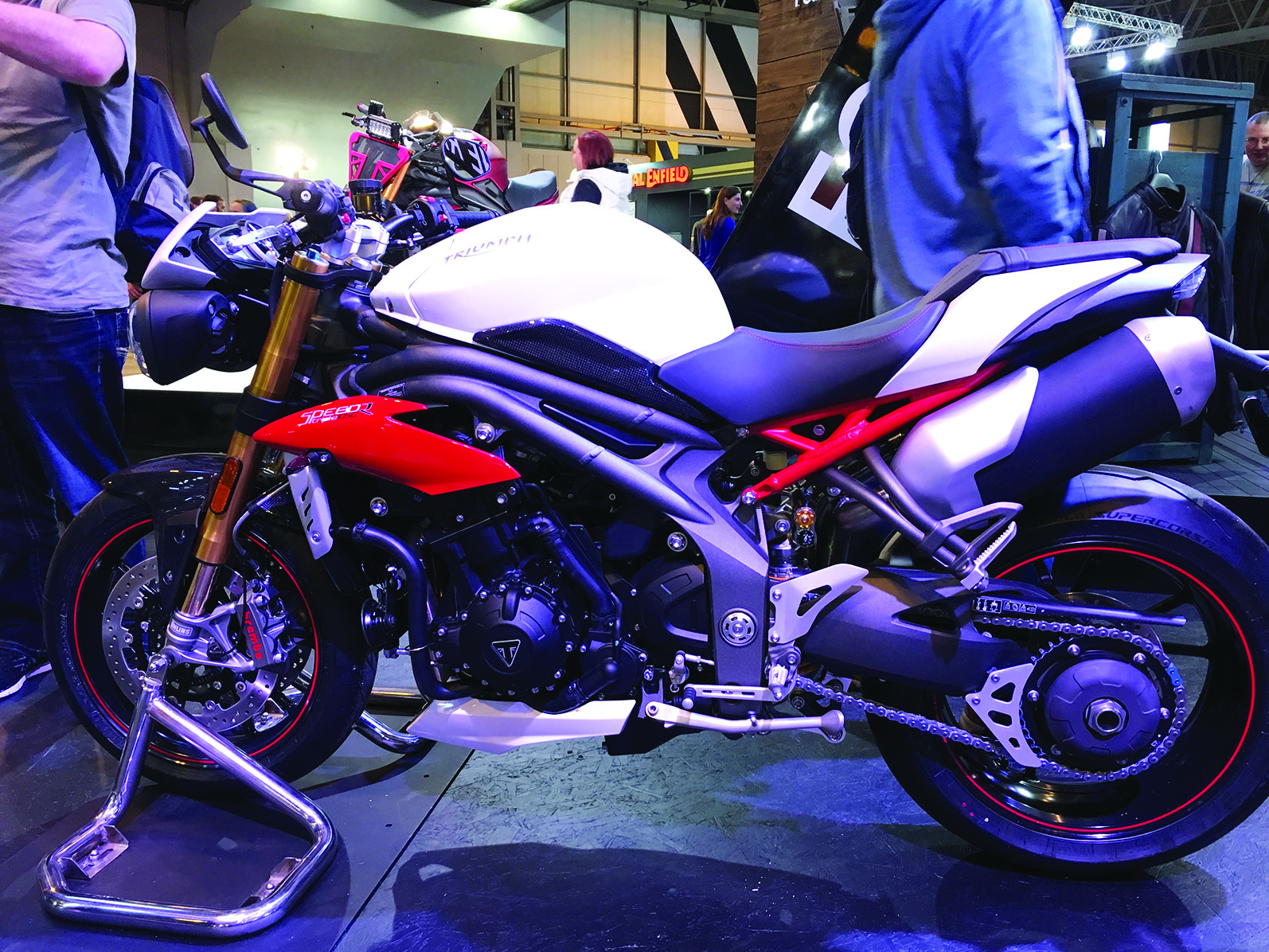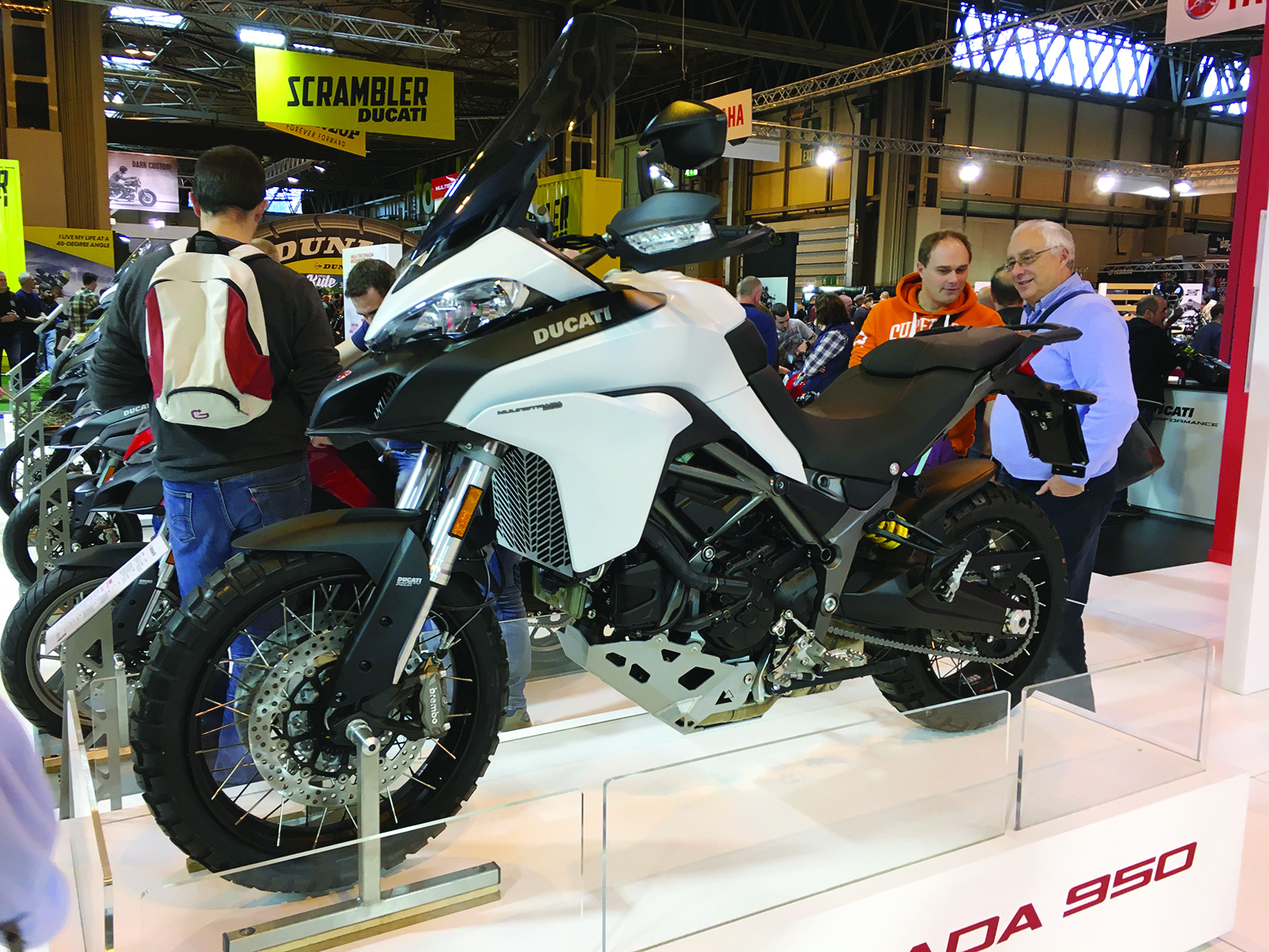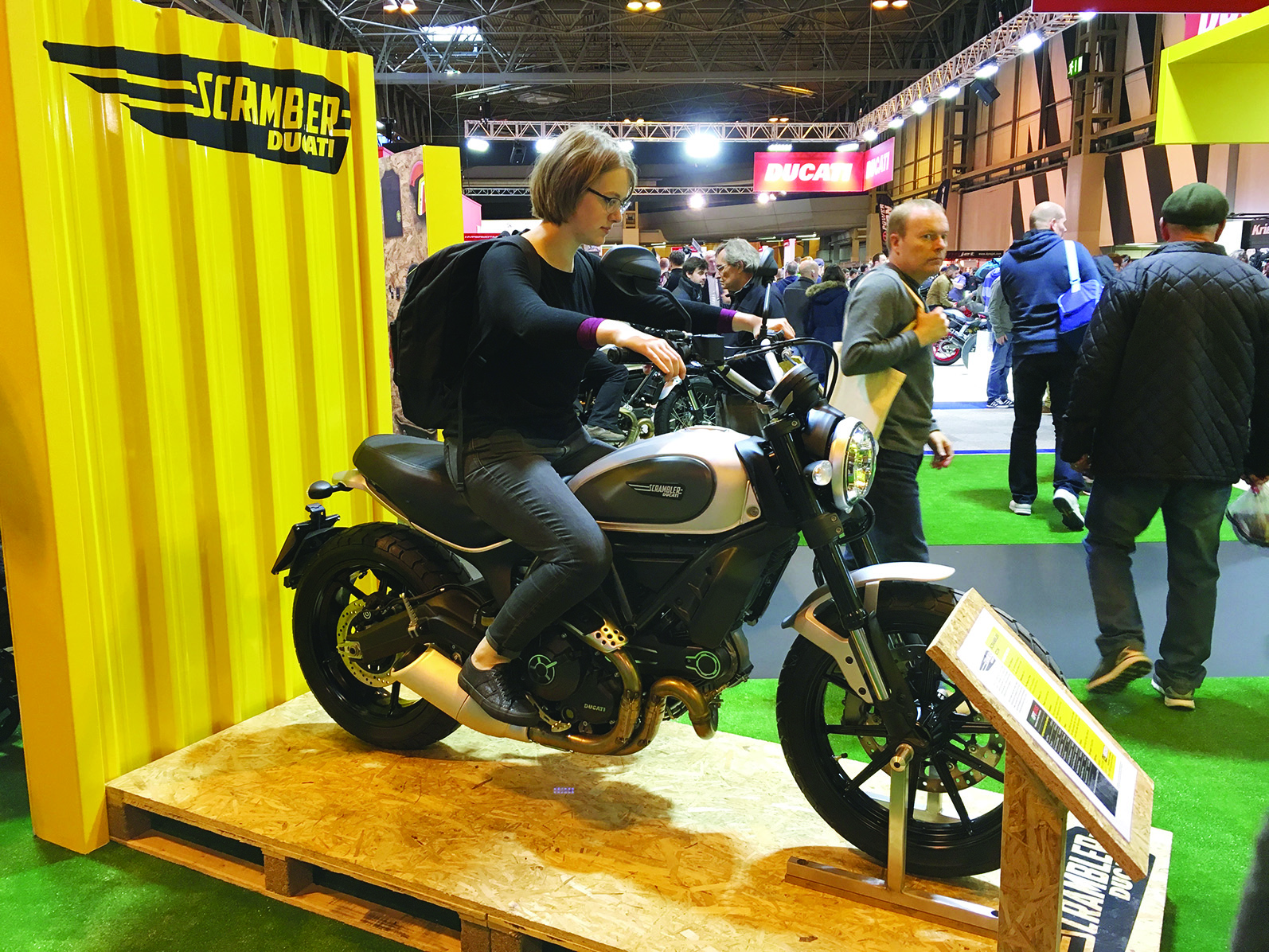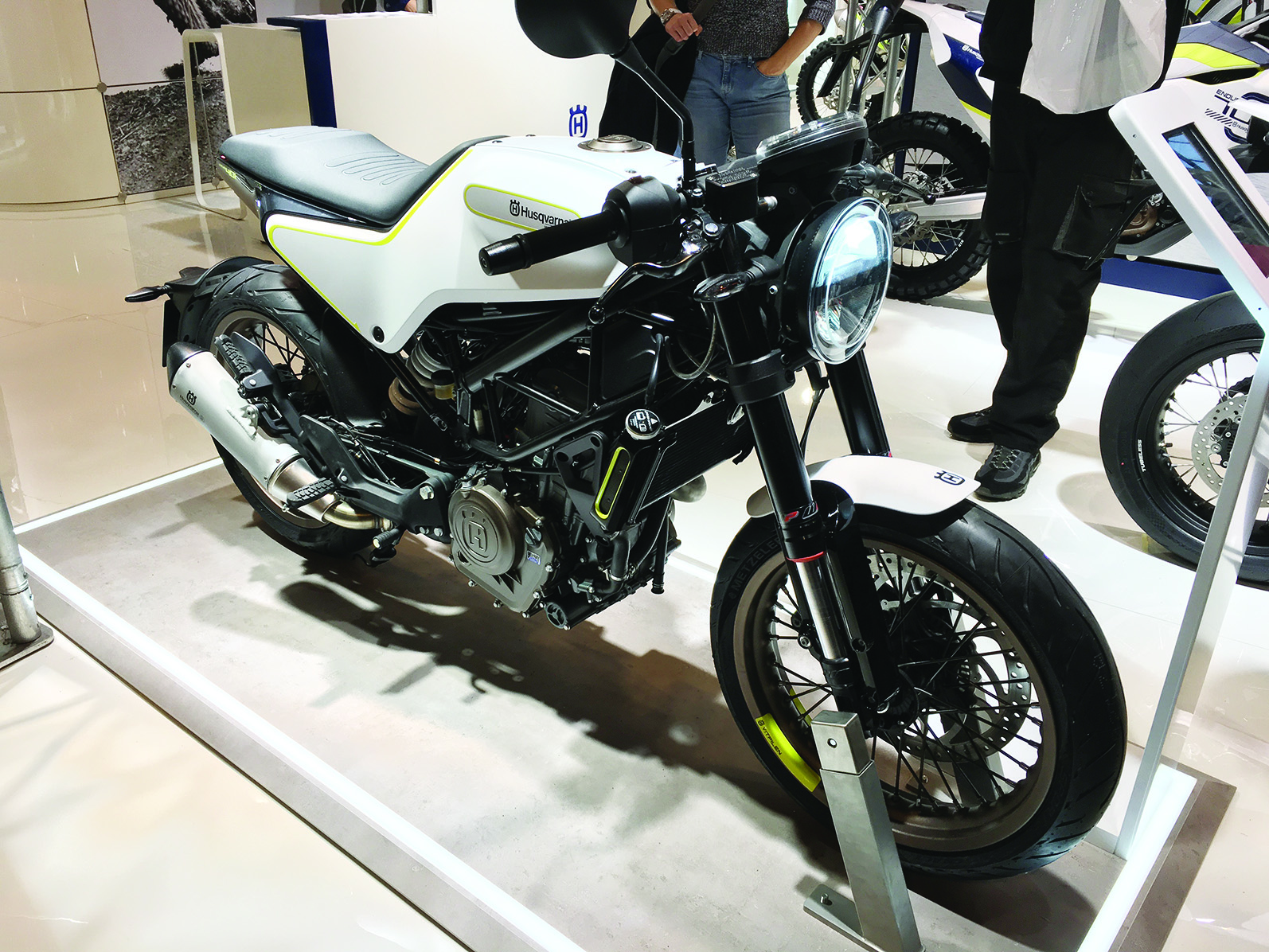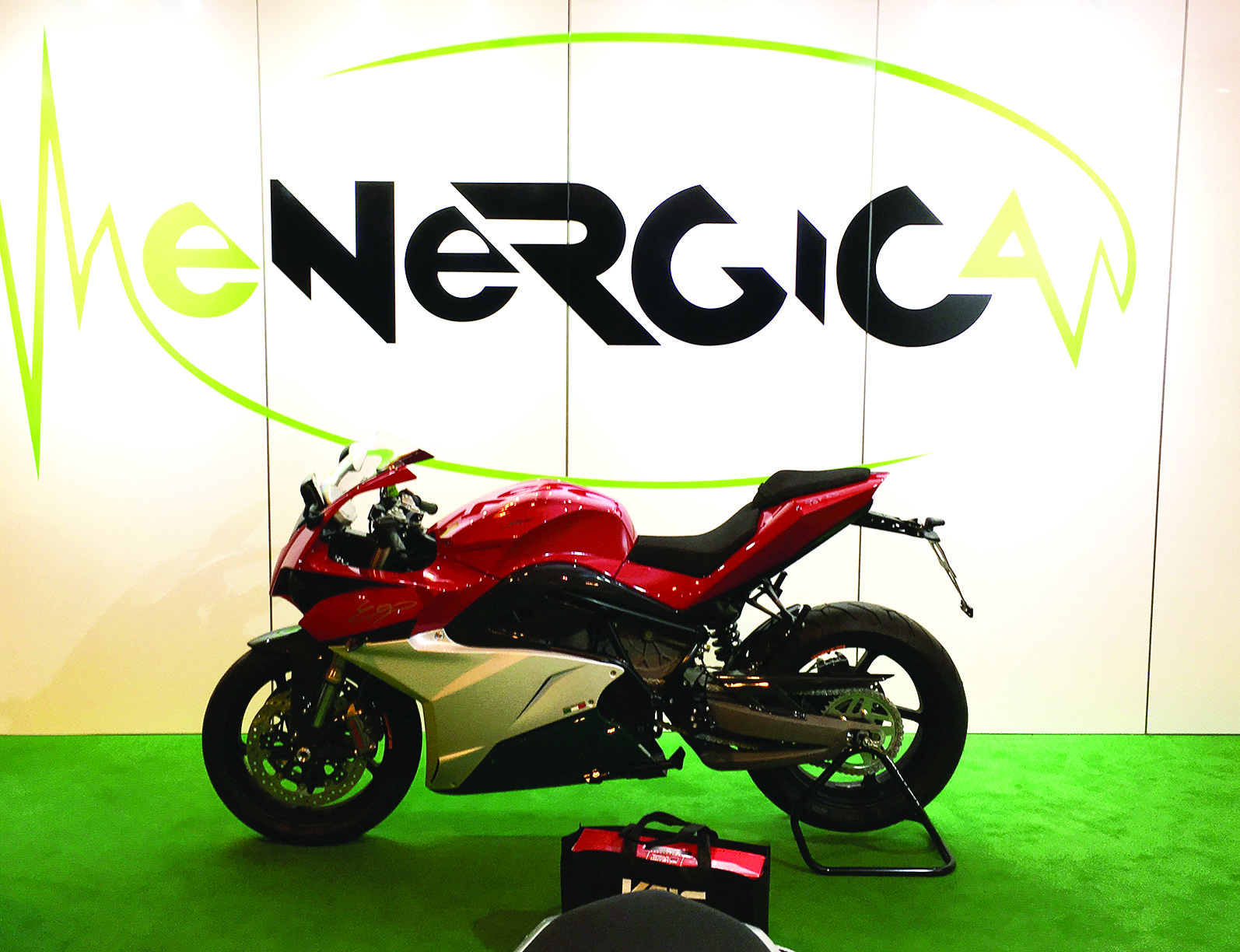Happy New Year everyone. I hope you all enjoyed the festive season and are looking forward to a new biking year. It may still be winter outside but spring is not far away, although I am writing this on the 1st of January with a log fire burning and no plans to go anywhere today.
As is often the case, the deadline for my Slipstream copy is overdue, and even though our editor Salli is in California for the winter I can still feel her breathing down my neck! In some ways it is a bit like advanced riding – all in the planning.
On reflection, I feel that 2016 has been a year of highs and lows, with some exciting new initiatives such as the TVAM RideUp Scholarship for younger riders and the December Motojumble. The club membership continues to grow towards 1000 with a high level of member retention as well as new Associates joining us.
We have also seen some changes at our St. Crispin’s monthly meets, with the introduction of The Red Zone, a place for Associates to meet and discover more about TVAM. The Green Team continues to grow and their support in the running of St. Crispin’s as well as organising the social runs is invaluable. The Group Riding Skills and Pillion Rider Courses add real value by providing activities and training for Full Members.
If you have read the TVAM Annual Report you may have noted that of the 100 test passes achieved in the period Nov 2015 – Oct 2016, 16 passes were at F1RST level. This compares very well with most other IAM RoadSmart Groups and the IAM’s expectation of only 5% F1RSTS.
All this was brought into stark contrast by the tragic news of Chris Arnold’s untimely death while leading a social run in France. This only serves to remind us of the risks that we all accept and the importance of always riding to the highest standard that we can.
Looking forward to 2017, the major challenge for myself and the Training Team is in supporting existing TVAM Group Observers in their preparation for the IAM RoadSmart National or Local Observer assessments. The deadline for this is January 1st 2018, so there is much to do. It has been my personal aim to expand the track skills training offered to our members, and I am pleased to confirm that we will be running a joint TVAM/IAM RoadSmart event at Thruxton Circuit this August. This will involve a classroom theory session followed by 20 minutes of track time in small groups with a TVAM Track Instructor and a debrief in each hour. The Thruxton event will be in addition to our regular TVAM Days at Castle Combe.
At a much slower pace there will be a Slow Riding Competition at St. Crispin’s in the afternoon following the May meeting, a chance to watch some of us embarrass ourselves riding a 125 around an obstacle course very slowly.
On a final note, I find it hard to believe that the March AGM will mark the end of my second year as Chief Observer, it is without doubt the most engaging and challenging role I have ever undertaken and if elected in March I look forward to another year at the helm of the best bike club in the world.
Pat Coneley
Chief Observer




